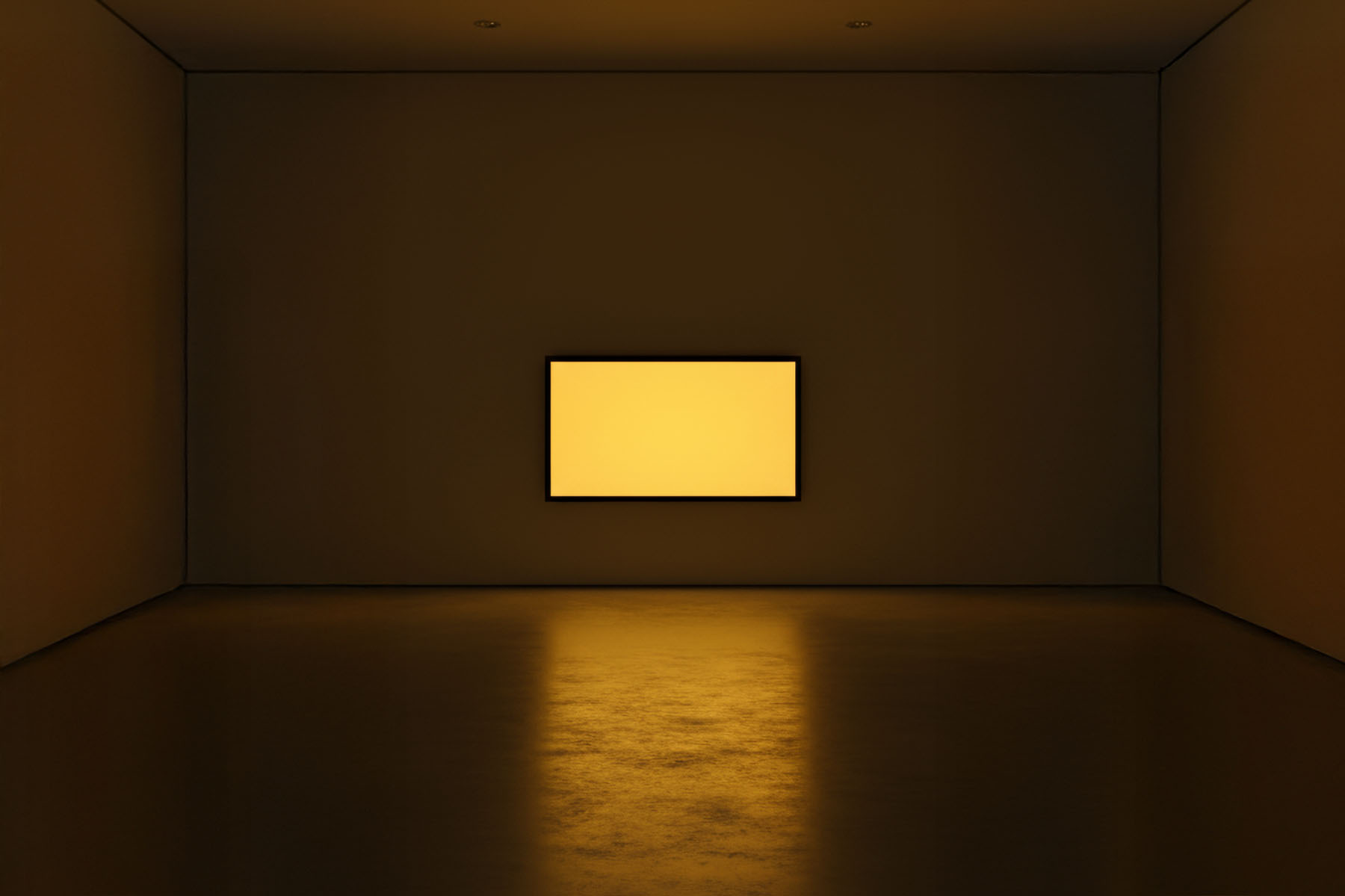SEEING IS BELIEVING
Fondazione Ago, March 2025 - Seeing is Believing is a four-part exhibition about what we ask images to do now that photography is no longer tied to the camera, moving from language to light in four chapters.
Together, these works ask how belief flows through images—and what it now means to say that seeing is believing.
The Word presents Photography Is, a seven‑hour durational reading with Italian subtitles
of thousands of found definitions, turning photography into time and voice.
The Relic shows Polaroid “photographs” of Biblical events—fabricated from scripture, medieval paintings, and archaeological research on clothing, landscape, and material culture—to test how patina manufactures authority.
The Icon offers contemporary photographic portraits of saints modeled on fourteenth‑century Italian painting and made with AI: sitterless images that probe recognition, devotion, and trust.
The Light (New Light) is a single large screen that drifts, almost imperceptibly, through the entire digital colour gamut, bathing the gallery in slowly changing hues like a modern stained‑glass window and exposing the infrastructure beneath every image.
Together, these works ask how belief flows through images—and what it now means to say that seeing is believing.
THE WORD
The Word introduces Seeing is Believing by stripping photography back to its linguistic core. At the centre is Photography Is, a book composed entirely of thousands of found sentences beginning with the phrase “Photography is…”, each one a fragment of belief, doubt, or desire about what the medium should be. In the gallery, this restless chorus becomes Photography Is a Durational Reading, a seven-hour performance in which every sentence is spoken aloud with subtitles, turning definition into endurance and transforming photography from an image into an experience of time. Here, before we encounter any pictures, we begin with language itself—its contradictions, its rituals, and the unstable ground on which our trust in images is built.
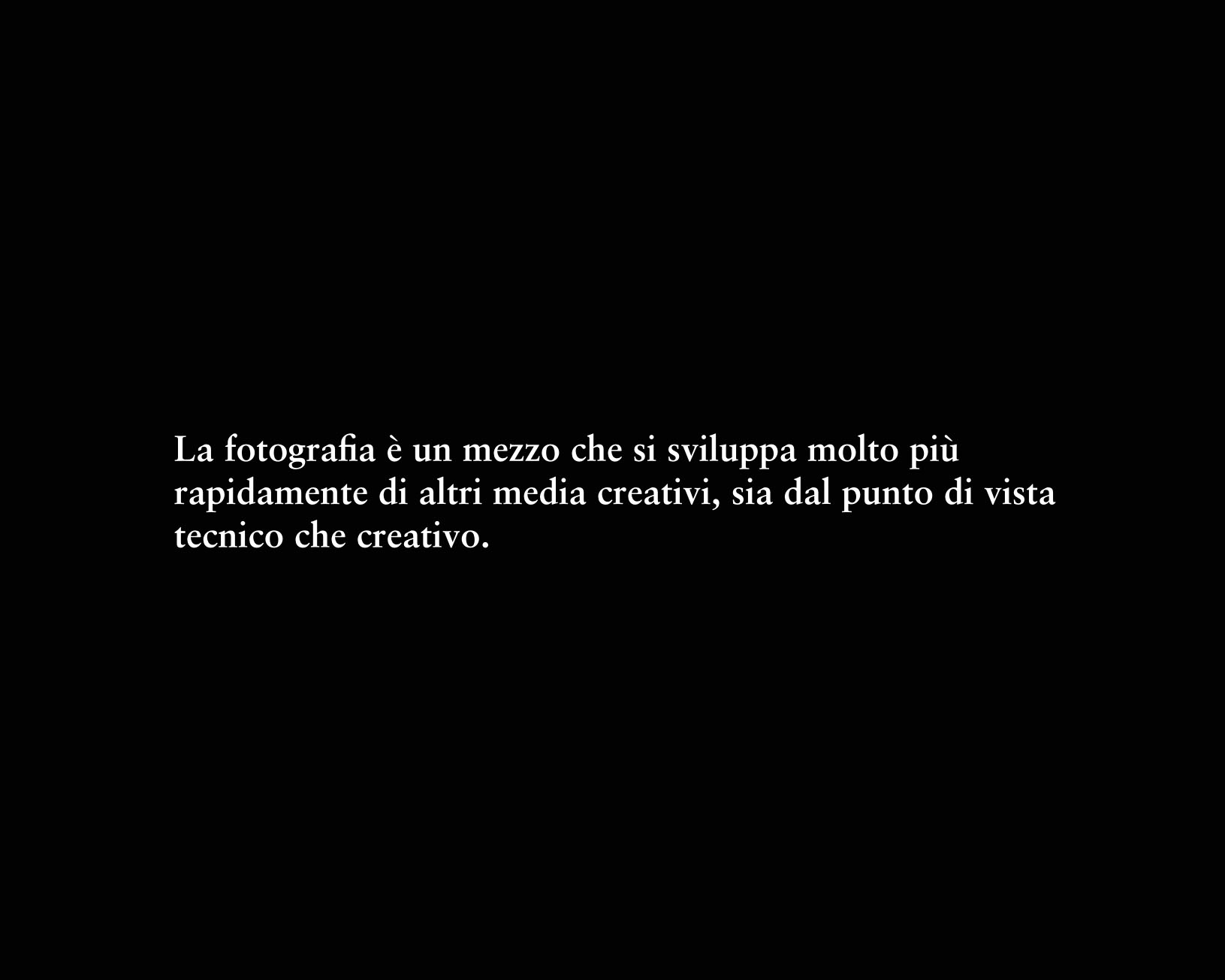
THE RELIC
The Relic presents a series of fabricated Polaroid photographs depicting Biblical events from the New and Old Testaments—images that could never have existed, yet look as though they have endured centuries of handling, sunlight, and belief. Generated using combinations of biblical text, medieval painting, archaeological research, and historical reconstructions of clothing and landscape, these works mimic the material authority of sacred artefacts while remaining entirely contemporary. Their worn surfaces and impossible immediacy invite the viewer to question why evidence feels more persuasive when it appears ancient, and how easily visual authority can be engineered. Here, the relic becomes a lens for examining our appetite for authenticity, and the fragile boundary between faith, fiction, and the photographic record.
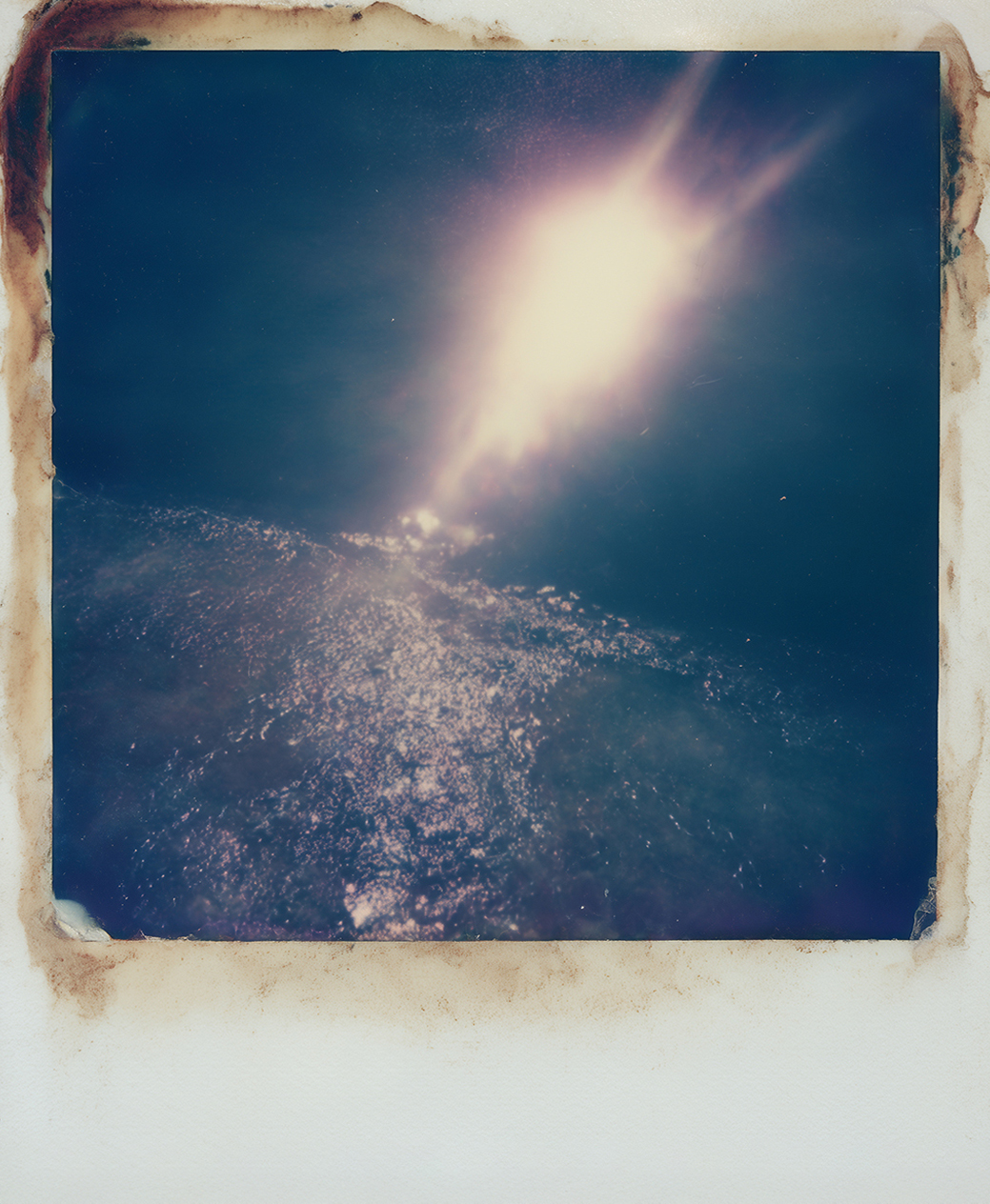





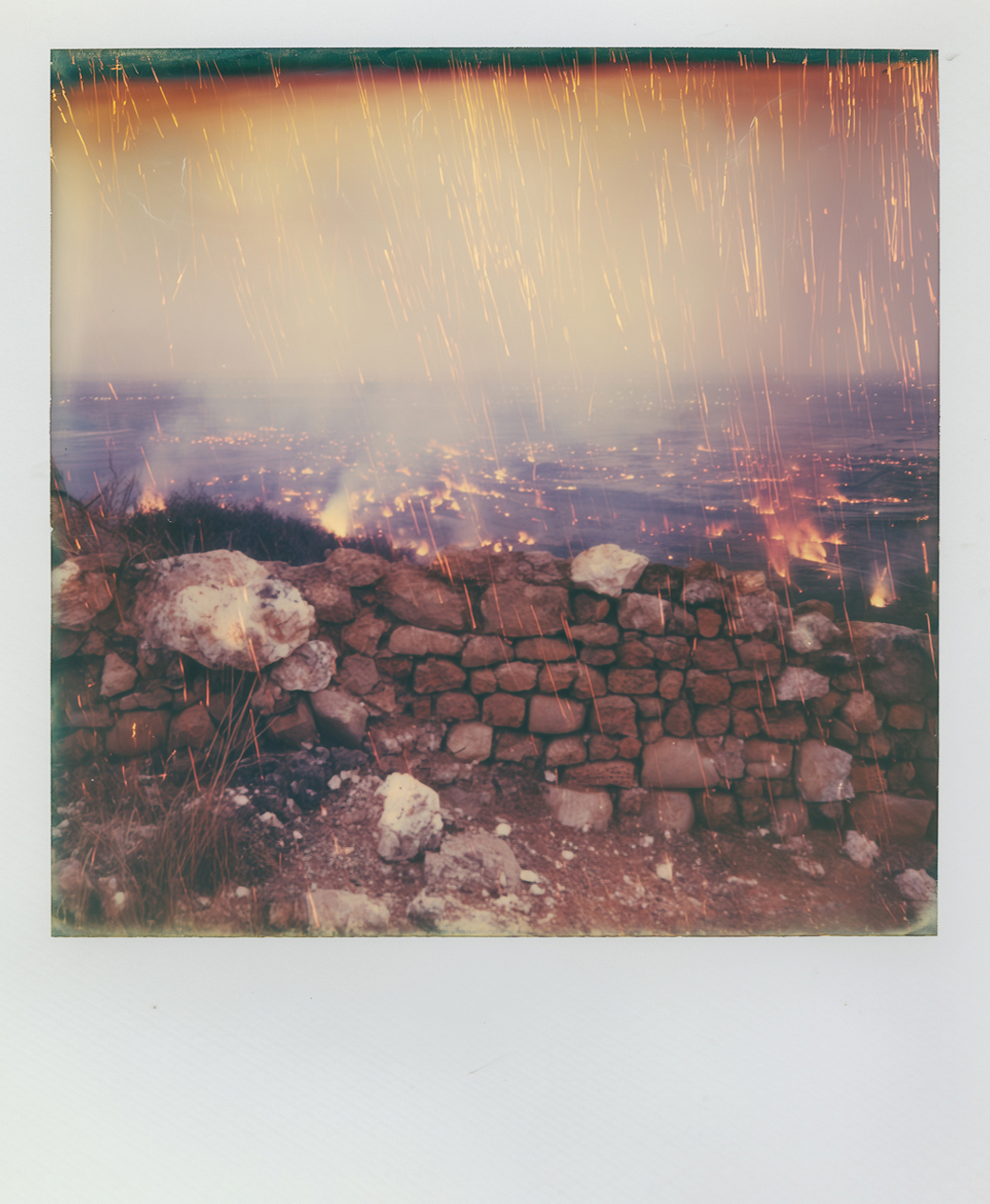




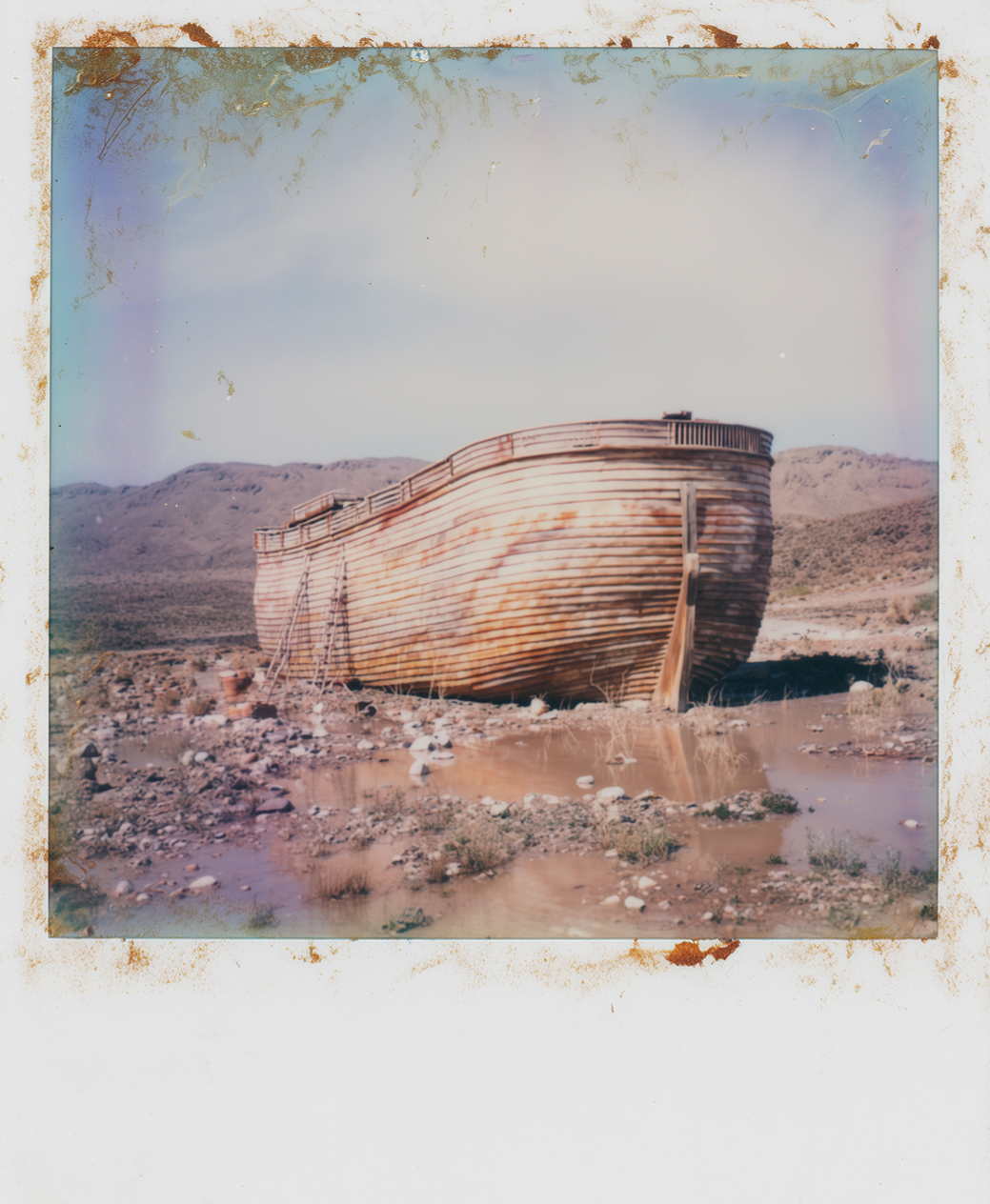

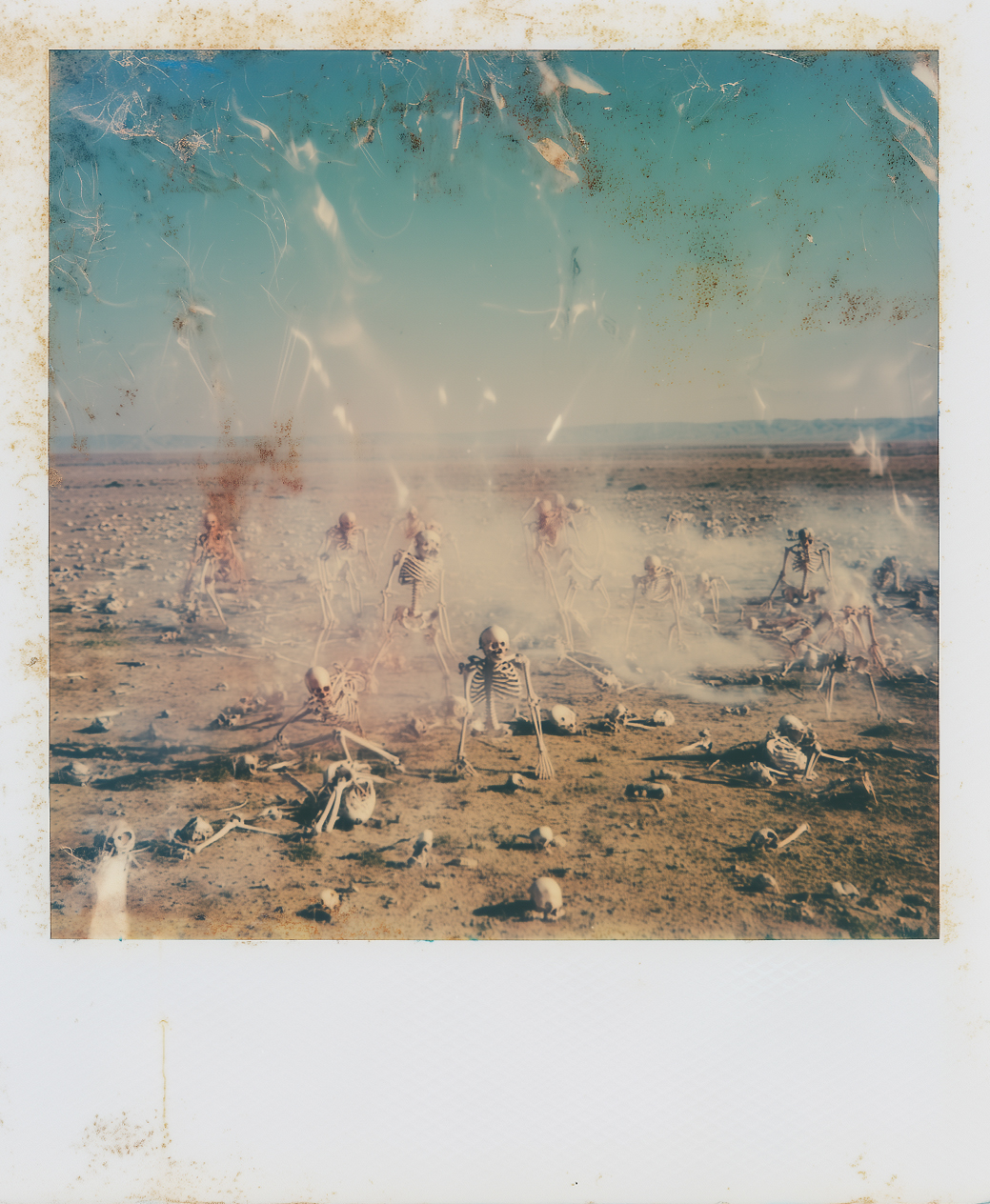

The ICON
The Icon presents a series of AI-generated photographic portraits of saints that both echo and depart from their medieval predecessors. Whereas fourteenth-century painters distilled the holy into signs—flattened space, gold ground, symbolic attributes—these photographs do the opposite: they bring the saints into the present as fully embodied, recognisably human figures. The faces are textured, the lighting natural, the expressions intimate in a way medieval painting never permitted. By shifting from the symbolic to the corporeal, these images collapse the distance between viewer and subject, inviting us to imagine the saints not as remote, idealised figures but as people who might have stood before a camera. Here, photography becomes a tool for humanisation, challenging the conventions of medieval iconography and asking what happens when devotion meets realism, and when the divine is rendered with a face that feels unmistakably alive.

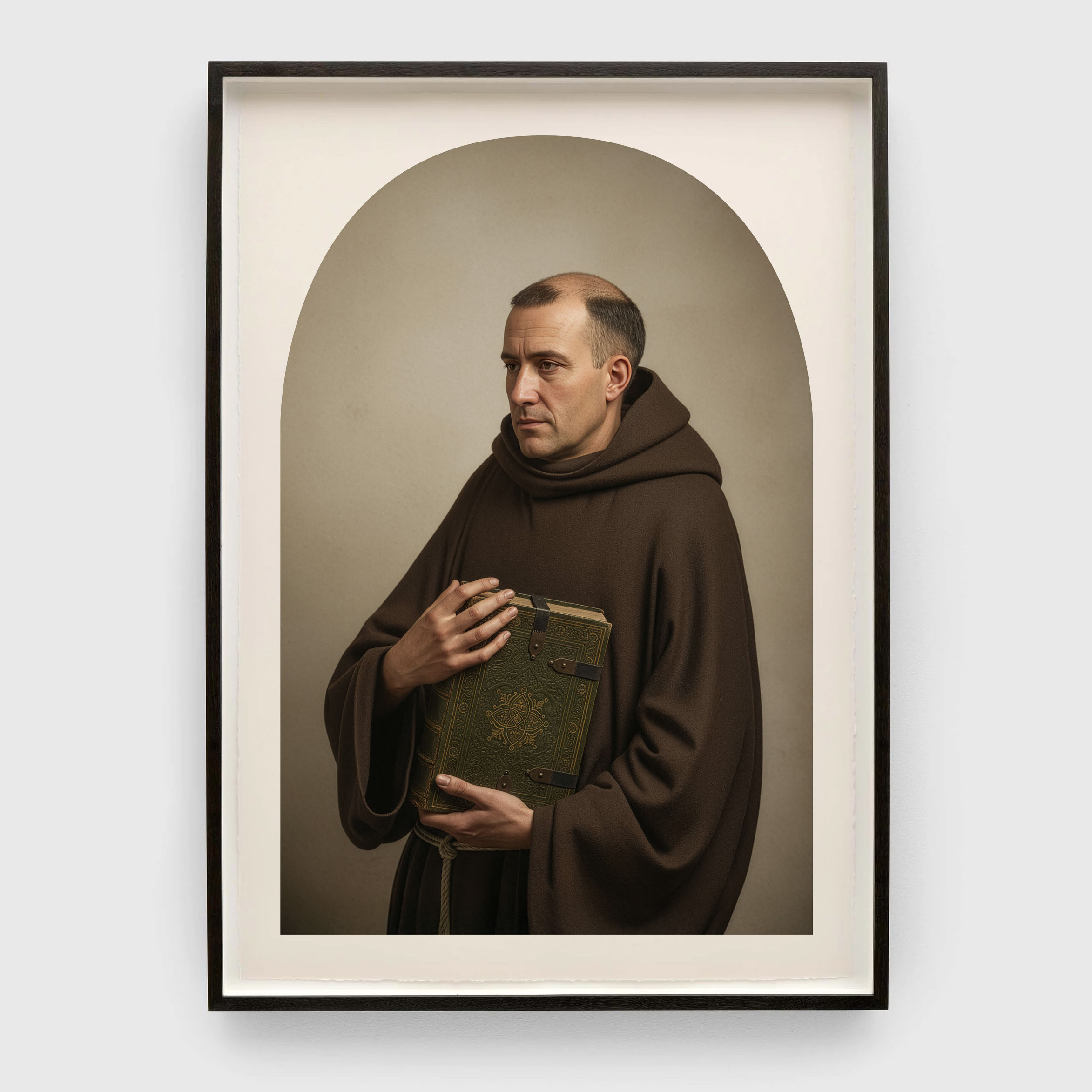
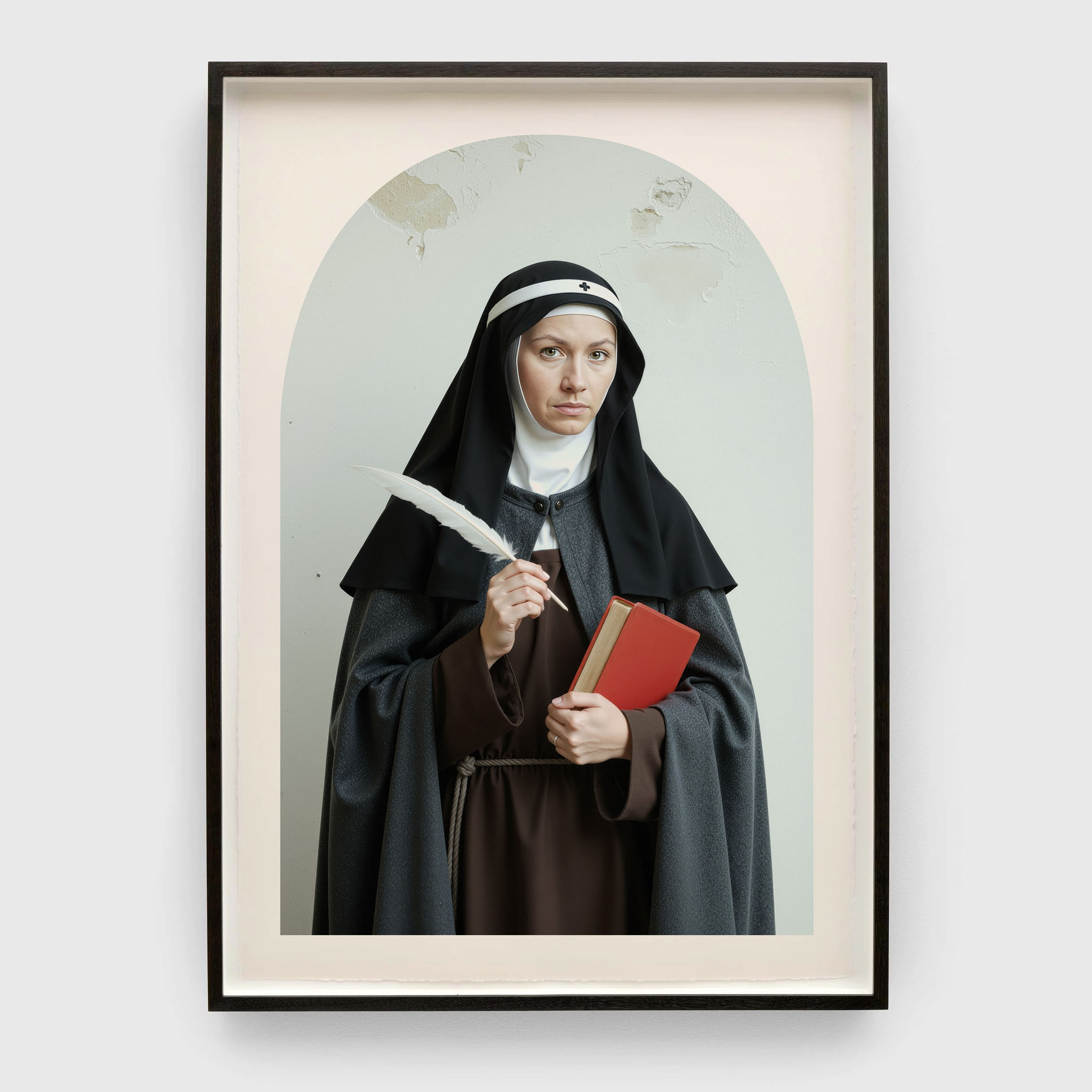

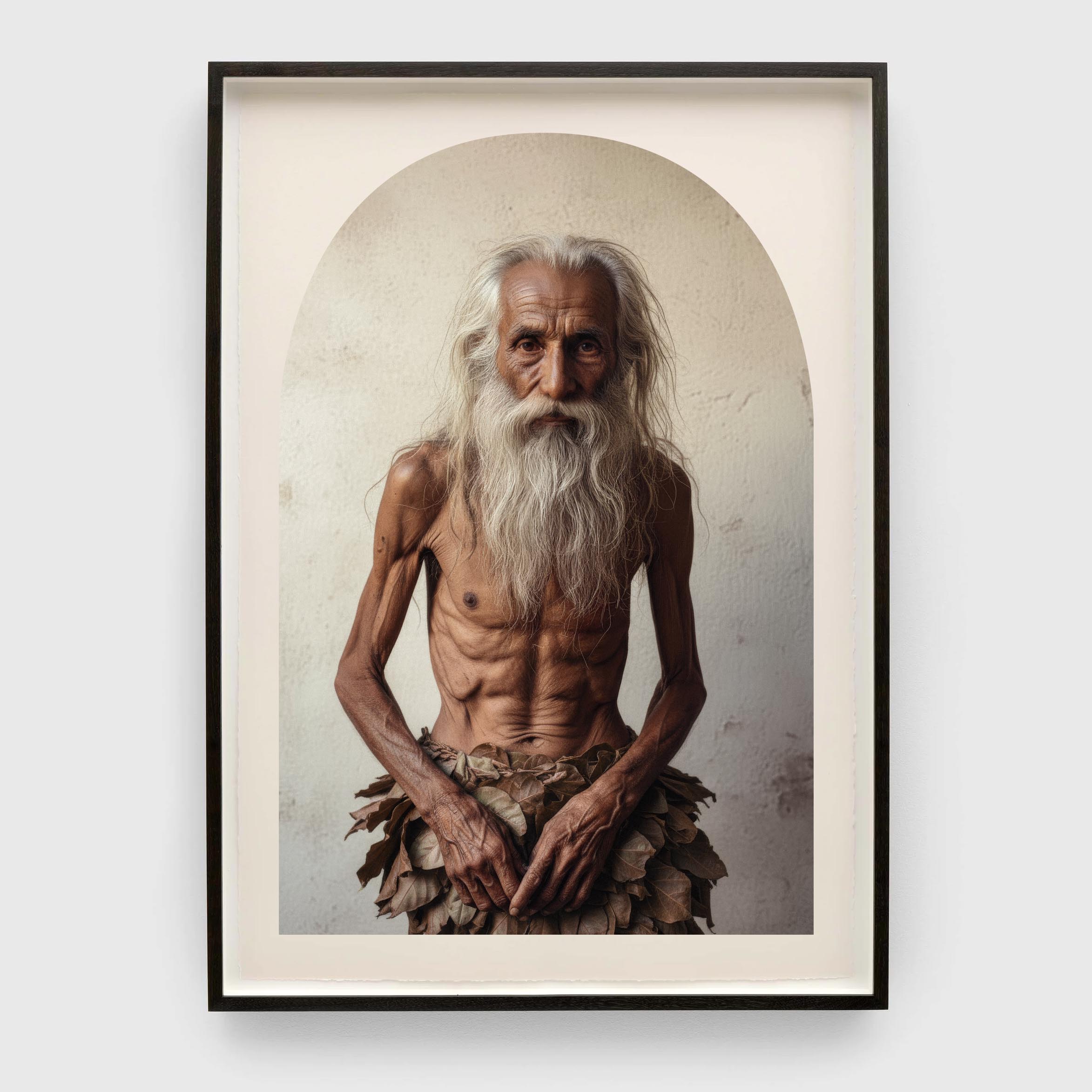


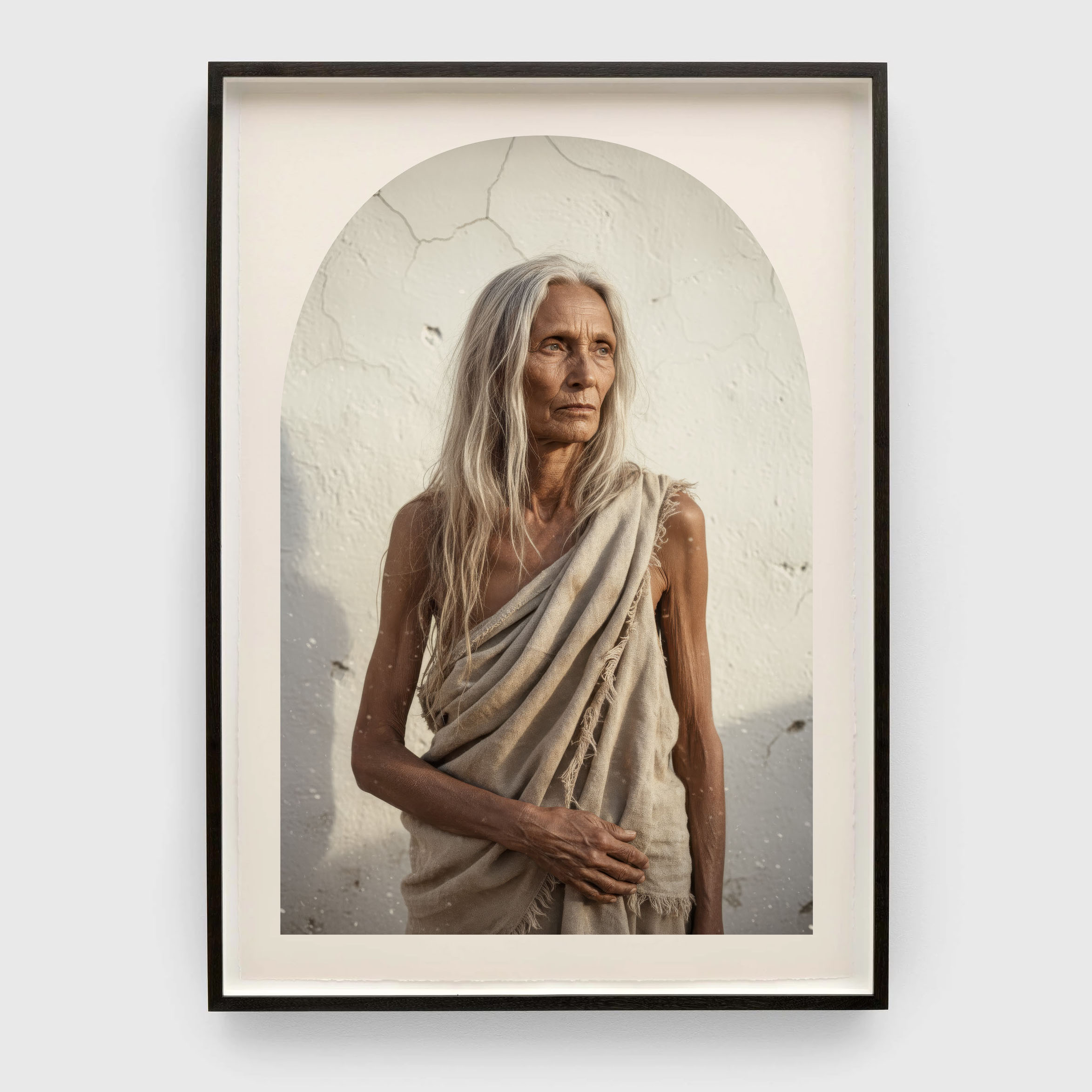
THE LIGHT
The Light centres on New Light, a single large screen that moves slowly and continuously through the full range of colours a digital display can produce. Like a contemporary stained-glass window, it bathes the room in shifting hues, transforming the space through colour alone. But whereas medieval stained glass channelled divine narratives, this work reveals the quiet theology of the present: the screens, interfaces, and devices through which we now understand the world. Here, the spectrum becomes a kind of scripture—an index of all the possible images that could appear on our glowing surfaces. By showing colour without content, New Light exposes the belief system embedded in the digital image: the idea that everything can be rendered, translated, and understood through light encoded as data. In this room, photography dissolves into its most elemental form, reminding us that behind every picture we trust lies a simple, programmable radiance.
SAMPLE ︎︎︎
